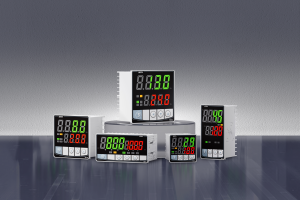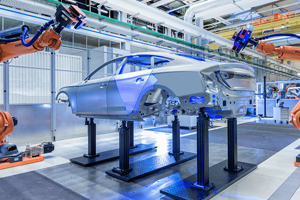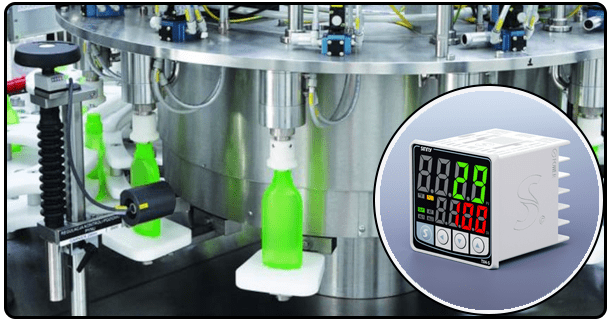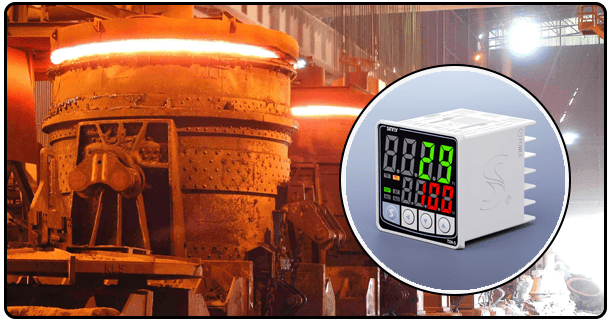Setting a PID Controller
Required Components In order to set up a controller PID, you'll need:
PID controller: A brain that calculates based on the input data and adjusts outputs.
Sensor of temperature: A thermocouple, RTD or other sensor that measures system temperatures.
Power supply: For powering the controller and all other components.
Relay : To switch the heating and cooling devices on or off.
Heat/Cooling device: Regulate the temperature using the output of the controller.
How to Wire the PID Control The proper wiring of the PID control is essential for its operation.
How to connect the temperature sensor:
Assure that the input terminals of the PID Controller are securely connected.
If the sensor asks for it, verify polarity.
How to Wire the Relay :
Connect the output terminals of the PID controller to the relay.
Verify that the relay is able to handle the voltage and current required by the device.
How to connect the heating/cooling device:
Connect the device output to the relay.
To prevent short-circuits and disconnections, ensure that all connections are secured.
Initial configuration After the wiring has been completed, configure the PID Controller.
Turning on the PID controller:
Check that the controller works by turning on the power.
Setting up the temperature sensor:
Choose the right sensor type when setting up the PID controller.
Enter the calibration data required if necessary.
Set the desired setpoint using
Set the temperature to your desired level.
Ascertain that the temperature setpoint falls within the range of operation for the device.
Setting up the PID Controller The PID parameters are a crucial step. The system will respond accurately and remain stable if it is tuned correctly.
Proportional tuning (P):
This is the proportional gain, which determines the amount of output that the controller changes as a result of the error.
Start with a small P value, and increase it gradually until you reach a system that is stable but responsive.
Integral tuning (I):
By adding up past errors, the integral gain (I), addresses steady-state errors.
As you increase the value of I, make sure that it does not cause excessive oscillation or overshoot.
Derivative Tuning (D):
By considering the rate at which the error changes, the derivative gain (D), also known as the derivative of the system gain (D), helps to dampen oscillations in the system and increase stability.
To reduce oscillations, adjust the D value without causing the system to become too slow.
Troubleshooting and Testing It is important to perform a test after initial tuning and adjust the system if necessary.
Verifying System Response:
Watch the response of your system to changes in setpoints.
Assure that the system does not overshoot the preset point or take a long time to settle.
Fine-Adjustments:
Re-adjust PID parameters if the system becomes unstable.
Any changes should lead to an improved performance and stability.
Common Problems and Troubleshooting:
Check for incorrect wiring or settings if the system does not reach its set point.
Verify that the sensor provides accurate and reliable data.
Summary Setting up a PID Controller requires careful planning, configuring, and tuning. Following the above steps will ensure that your PID Controller is working properly.
- How to use a PID controller: A Step-byStep guide for precise control
- Comprehensive Guide to Programming a PID Controller for Optimal Performance























